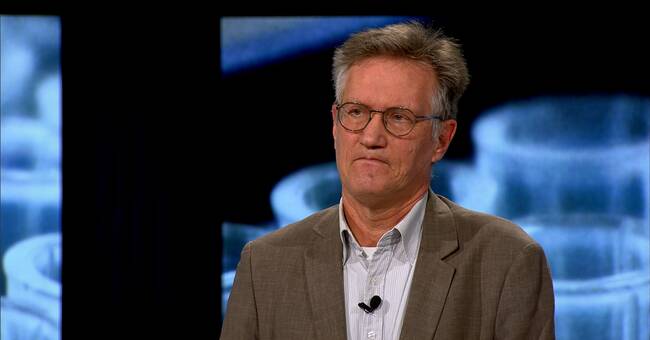Sweden's corona strategy was to keep down and slow down the spread of infection to a level where healthcare could cope with it.
A number of critical researchers believe, however, that a better strategy would have been if Sweden had tried to keep the infection down at a much lower level with the help of stricter restrictions.
Former state epidemiologist Annika Linde, who has previously criticized the Swedish corona strategy, considered in tonight's Agenda that more powerful measures should be put in place at an earlier stage.
- You have to get to know the virus first before you release it in society.
That is why it is so extremely important with early and powerful measures against the spread of the virus so that the virus does not have time to spread too much and affect so many people, she says.
Resources were lacking for testing
Annika's Linde's criticism concerns, among other things, the infection tracing that took place in the initial phase of the infection.
Tegnell responded to the criticism of the testing by, among other things, pointing out the test capacity that existed in the regions.
- There were not the resources needed to follow up the tests with infection tracking and advice for those who became ill.
When asked why the Swedish Public Health Agency did not go to the government earlier and signaled the need to strengthen the test capacity, the state epidemiologist strikes back.
- It was not about money, but you can not conjure up people who can trace infections.
They had to be hired, trained and there was no one there with ready-made laboratory solutions.
It was a long-term job to connect these with the healthcare that was required and also done gradually, Anders Tegnell replied.
Blame the regions
When asked why Sweden, in comparison with other countries, started testing and tracing infections so late, the state epidemiologist again took up Sweden's system with 21 regions.
- Part of the problem is of course that in Sweden we have 21 regions that are self-determining.
Many of them are quite small and they could not handle this themselves but needed the help of other actors such as private and the university.
The regions needed to change, says Anders Tegnell.

